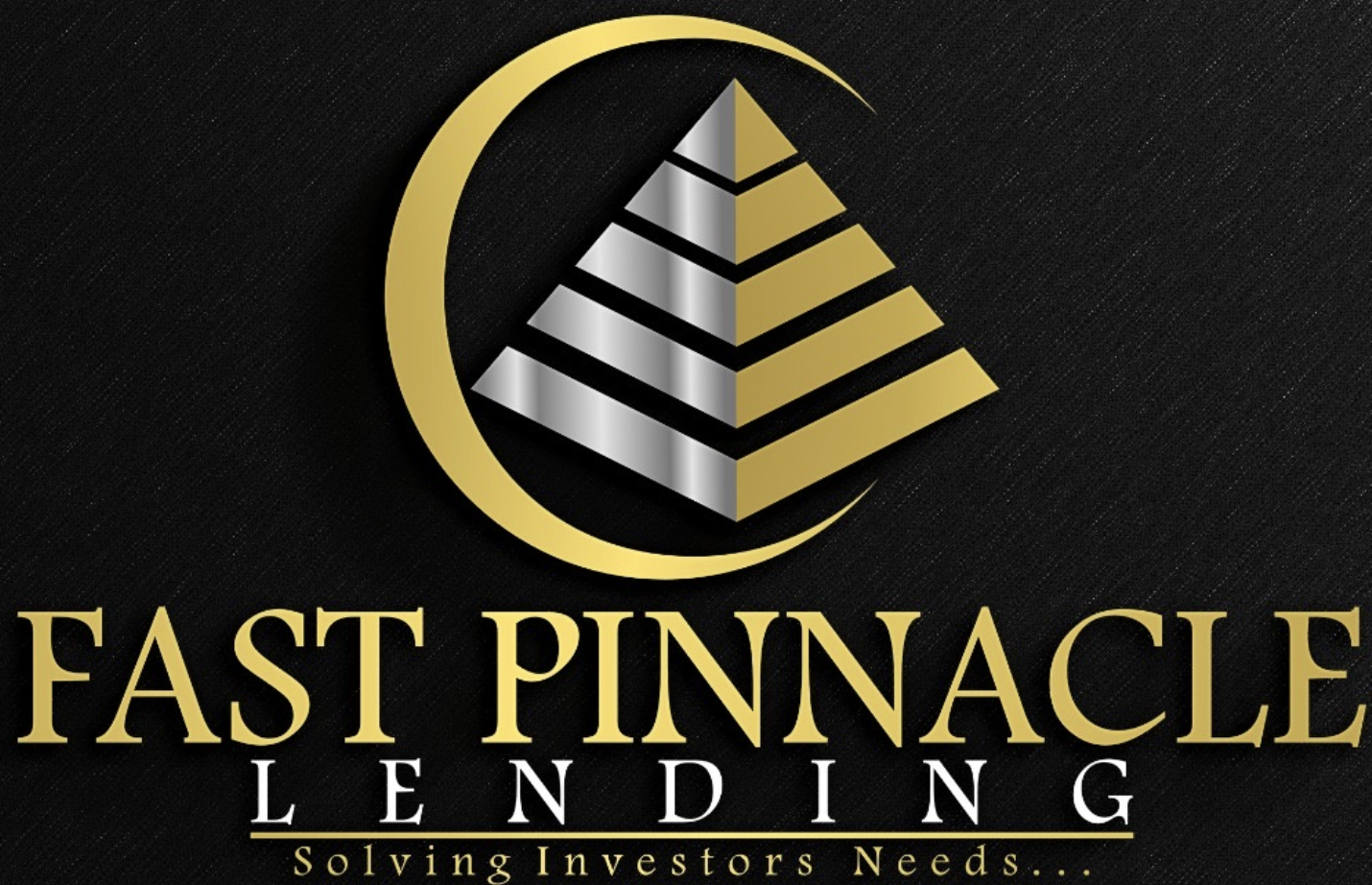When it comes to investing in condos as a rental property, many real estate investors…
Bridge Loans vs Fix and Flip: Smart Choices for Investors

Bridge Loans vs Fix and Flip: A Guide for Real Estate Investors
Real estate investors often face challenges choosing the right financing for their investment property. For many, the decision boils down to two popular types of financing: bridge loans and fix and flip loans. Both loan options offer unique benefits, but each caters to different project types and long-term strategies. Understanding the differences between bridge loans and fix and flip loans is key to making the best choice for your real estate investment financing.
What is a Bridge Loan?
Lenders design bridge loans to provide real estate investors with short-term funding. This type of investment property financing helps investors “bridge” the gap between buying a new property and selling an existing one. Bridge loans offer fast access to capital, ideal for investors in competitive markets.
Key Benefits of Bridge Loans
- Fast Closing: Bridge loans often close within 10 days, giving real estate investors the ability to seize investment opportunities quickly.
- Renovation Financing: Some bridge loans can cover up to 100% of renovation costs, making them a flexible option for properties requiring improvements.
- Short-Term Solution: Typically lasting from a few weeks to several months, bridge loans offer a temporary funding option while waiting for long-term financing or the sale of another property.
Common Terms of Bridge Loans
Bridge loans often have higher interest rates than traditional loans due to their short-term nature. Lenders focus primarily on the value of the investment property, rather than the borrower’s credit history, though financial stability may still be considered. Repayment structures, like interest-only payments, are common, allowing real estate investors to repay the loan principal at the end of the term.
Fix and Flip Loans: Financing for House Flipping Projects
For real estate investors focused on house flipping, a fix and flip loan is often the go-to option. Fix and flip loans are designed for purchasing, renovating, and selling properties quickly for profit. Unlike bridge loans, which are used to bridge a financial gap, Lenders tailor fix and flip loans for short-term house flipping projects.
Key Benefits of Fix and Flip Loans
- Property Purchase and Renovation: Fix and flip loans provide the necessary funds to acquire and renovate properties. Lenders often calculate the loan amount based on the property’s after-repair value (ARV).
- Renovation Funding: If you already own a property, fix and flip loans can cover renovation costs, helping you improve the property’s value before resale.
- Short-Term Financing: Loan terms generally range from a few months to a year, giving investors the flexibility to complete renovations and sell the property quickly.
Common Terms of Fix and Flip Loans
Like bridge loans, fix and flip loans come with higher interest rates due to the short-term risk. However, the amount is often based on the ARV, allowing investors to secure up to 90% of the property’s future value. Fix and flip loans are designed to cover both the purchase price and renovation costs, disbursed in stages as work progresses.
Comparing Bridge Loans and Fix and Flip Loans
When choosing between bridge loans and fix and flip loans, it’s important to consider your project timeline and objectives. For quick access to capital, a bridge loan may be the best choice. However, if your focus is on house flipping and you require funds for both purchase and renovation, a fix and flip loan is more appropriate.
Best Investment Property Lenders for Real Estate Investors
Real estate investors should work with specialized investment property lenders who understand the intricacies of both bridge loans and fix and flip financing. These lenders can offer competitive terms, flexible repayment options, and a streamlined process tailored to real estate investors.
When comparing investment property lenders, review the interest rates, fees, and loan terms. Partnering with top investment property lenders helps investors secure financing that aligns with their goals.
Bridge Loans vs Fix and Flip Loans: Final Thoughts
Both bridge loans and fix and flip loans provide valuable tools for real estate investors. The right choice depends on your project’s specific needs, the time you plan to hold the property, and the amount of renovation required. By understanding the differences and working with experienced investment property lenders, you can make informed decisions and maximize your return on investment.




